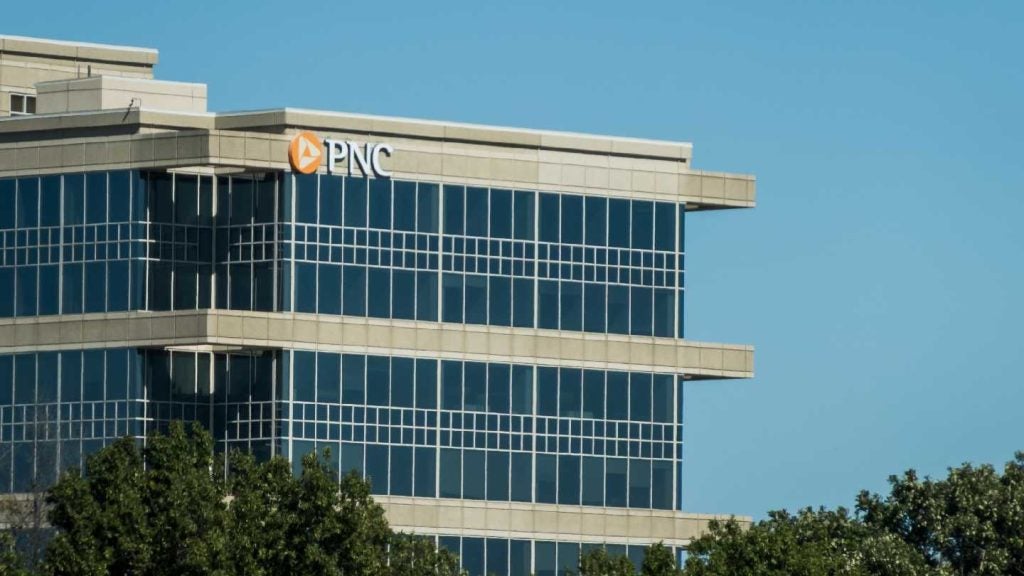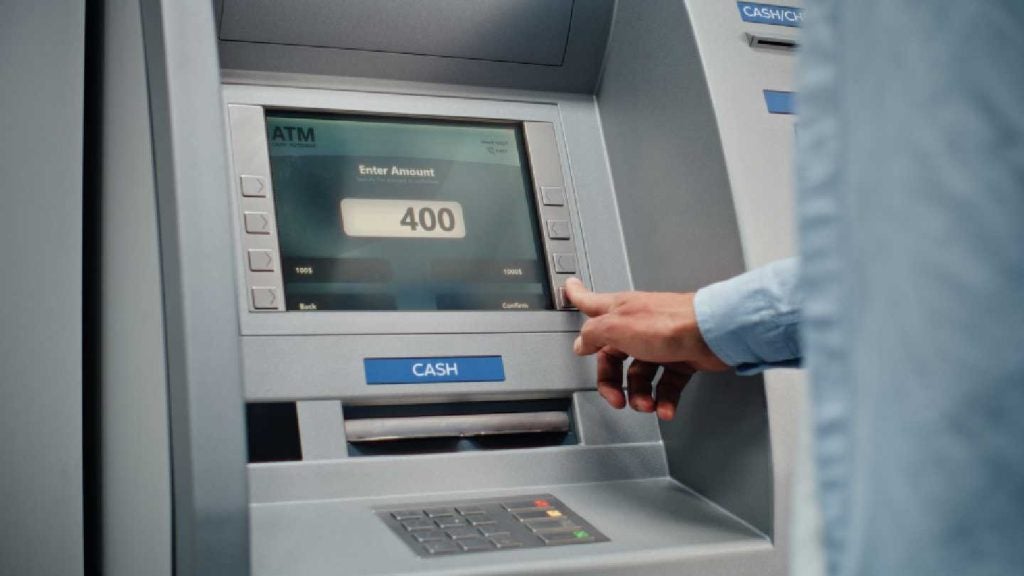The branch of the future is one of the most oft used tag lines in retail banking and now Diebold has got in the act via its Responsive Banking Concept. This take on the future branch has the huge attraction of combining advancements in digital technology with physical banking. Douglas Blakey writes
At first glance, the news that Diebold had rolled out a Branch of the Future did not excite the editorial desk. At times it seems that innumerable banks and service providers have had a bash at designing a branch accompanied by the over-used claim that this is the branch of the future.

Access deeper industry intelligence
Experience unmatched clarity with a single platform that combines unique data, AI, and human expertise.
The Diebold offering is however genuinely innovative and deserves a second glance.
The Diebold Responsive Banking Concept (RBC) is essentially a self-contained banking branch in a small space, entirely unmanned (banks will love that cost aspect of the initiative), and uses technologies such as NFC, location-based proximity sensors, and Microsoft Kinect motion-detecting technology to interact with customers.
In the middle of the branch is a self-service feature for customers requiring cash. No card is required as customers can use their mobile handset or a quick-response code to enable transactions. More complex transactions are enabled via a virtual teller.
An intelligent avatar provides employs natural language recognition, intelligent assistant, and advanced cash-in/cash-out technologies.
Diebold says that customers are assured of privacy thanks to directional audio technology.

US Tariffs are shifting - will you react or anticipate?
Don’t let policy changes catch you off guard. Stay proactive with real-time data and expert analysis.
By GlobalDataCustomers requiring interaction with a human can obtain consultative services via a live link to a remote banking service representative. Unique applications of IP video, digital projection, privacy glass, multi-touch work surface and directional audio maintain privacy for customers, while intelligent systems facilitate a personalised experience by providing user insight on who the consumer is and where they are in their transaction.
The cost benefits to banks using RBC units are obvious. New ‘branches’ could be opened quickly and at low cost within retail stores, railway stations, airports or shopping malls. There will also be scope for banks to replace existing traditional manned branches with RBC units.
The concept is also well-suited for markets that are experiencing rapid growth in banking services.
"Our research insights, iterative design-engineering cycle and strong collaboration are yielding truly innovative outcomes – fast," says Devon Watson, vice president, new business and solution incubation, Diebold.
"The Responsive Banking concept is just one way we are introducing new thinking and new solutions for technology-enabled experiences that create engaged, satisfied consumers."







